Inventory is one of the most important facets of any retail business. It can be difficult to manage, however, especially if you are not sure what to do. If you fail to manage your inventory properly, it can lead to a loss of sales and profits. Having a good understanding of the inventory process is essential to success in retail.
Every store is unique and needs to find a system that works best for them. The unique needs of each store will be determined by the products they sell, their customer base, and the size of their inventory. There are a few different things to keep in mind when managing inventory in a retail setting.
In this article, we will take a look at how to manage retail inventory in your retail store. We will discuss the importance of having a good retail store inventory management system, how to track your inventory, and other important factors to consider. So if you are looking for ways to improve your inventory management, this is the article for you.
Table Of Content
What is Retail Inventory Management?
Why is Retail Inventory Management Important?
Basic Steps in Retail Inventory Management
Inventory Management Methods for Retailers
Inventory Accounting Techniques for Retailers
How POS Systems Can Help with Retail Inventory Management
Retail Inventory Management FAQs
What is Retail Inventory Management?
As the name suggests, retail inventory management is the process of managing the inventory of a retail store. This includes tracking the stock levels, organizing the products, and keeping track of sales and orders.
In simple words, retail inventory management is all about keeping track of the products that are in a retail store. This includes both the physical stock as well as the products that are available for sale online.
As a retail business owner, inventory management is one of the most important aspects of your job. After all, if you don’t have the right products in stock, you won’t be able to make sales. And, if you have too much inventory, it can tie up valuable resources that could be better used elsewhere. So having an effective inventory management system is critical to the success of your business.
Read Also: Just-in-Time Inventory – The Ultimate Guide
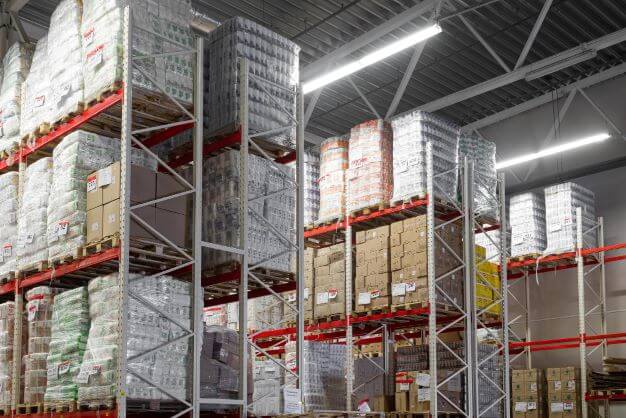
Why is Retail Inventory Management Important?
So now that we know what retail inventory management is, let’s take a look at why it is so important, here are some of the reasons:
1. It helps you keep track of your stock levels
The key benefit of having a retail inventory management system is that it helps you keep track of your stock levels. This is important because you need to know how much product you have in stock at all times.
If you don’t keep track of your stock, you run the risk of overselling products and disappointing customers. On the other hand, if you have too much inventory, it can tie up valuable resources and cost you money. So, by tracking your inventory levels, you can ensure that you have just the right amount of product in stock.
2. It helps you keep track of your sales and orders
Another benefit of retail inventory management is that it helps you keep track of your sales and orders. This is important because it allows you to see which products are selling well and which ones are not.
This information is critical for making decisions about what product to stock in the future. It can also help you identify trends so that you can adjust your inventory accordingly.
3. It helps you organize your products
If you don’t properly organize your products, it can be difficult to find the items you need when you need them. This can lead to delays in fulfilling orders and ultimately result in lost sales.
A good retail inventory management system will help you keep your products organized so that you can quickly and easily find the items you need and this is especially important if you have a large inventory.
4. It helps you find the right products for your customers
Again, if you don’t have a good inventory management system, it can be difficult to find the right products for your customers and this can lead to lost sales and frustrated customers.
A good retail inventory management system will help you keep track of the products you have in stock and match them to the needs of your customers. This is especially important if you carry a wide range of products.
5. Saves you time and money
Time and money are two of the most important resources for any business and, a good inventory management system can help you save both. If you don’t have an effective inventory management system, it can take a lot of time to track down the products you need.
This can lead to delays in fulfilling orders and ultimately result in lost sales. In addition, if you have too much inventory, it can tie up valuable resources that could be better used elsewhere.
6. It helps you make better decisions about your inventory
Decision-making is an important part of any business, and it’s especially important when it comes to your inventory. If you don’t have an effective inventory management system, it can be difficult to make informed decisions about what product to stock.
This can lead to lost sales and frustrated customers, which is not good for any business. A good retail inventory management system will help you make better decisions about your inventory so that you can keep your customers happy and your business profitable.
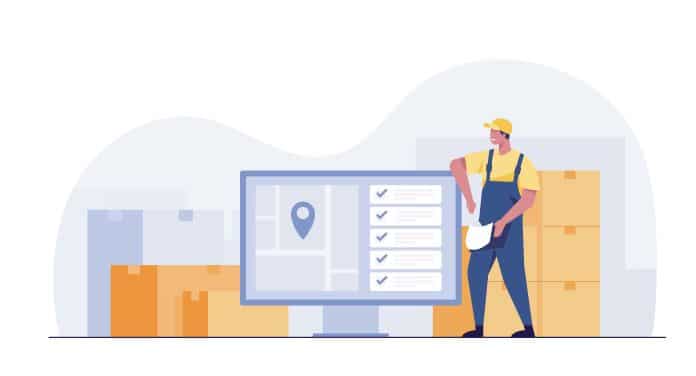
Basic Steps in Retail Inventory Management
Here are some basic steps that you can take to get started with retail inventory management:
1. Create a record of all your products
The first step is to create a record of all the products you sell. This can be done using a simple spreadsheet or even just a piece of paper. Here are some of the things you’ll need to include in your product record:
- Product name
- Product SKU (stock keeping unit)
- Product description
- Price
You can also add images to your product record to make it easier to identify the products you sell.
2. Find a location for your stocks
Location is a crucial part of inventory management. You need to find a place to store your inventory so that it’s easily accessible when you need it. For small businesses, this might mean renting a storage unit. For larger businesses, you may need to invest in a warehouse. Whichever option you choose, make sure that your inventory is stored in a safe and secure location.
3. Set up a stock alert system
A stock alert system is a crucial part of any inventory management system. It allows you to keep track of the products you have in stock and quickly identify when you need to reorder. There are a few different ways to set up a stock alert system, such as using a spreadsheet or software program.
4. Implement SKU tracking
SKU tracking is a method of tracking inventory that uses unique codes for each product. These codes make it easy to identify the products you have in stock and quickly find the information you need. SKU tracking is a valuable tool for any business, but it’s especially important for businesses with a large inventory.
5. Implement a data-backed purchasing process
Data-backed purchasing is a process of using data to inform your decisions about what products to buy. This data can come from a variety of sources, such as sales data, customer feedback, and market research. Using data to guide your purchasing decisions will help you make more informed decisions about what products to stock.
6. Regular checking and cycle counts
Regular checking and cycle counts are crucial parts of any inventory management system. They help you identify when products are running low so that you can reorder before it’s too late. Cycle counts also help you keep track of your inventory levels so that you can make adjustments as needed.
7. Invest in inventory management software
Inventory management software can be a valuable tool for any business. It can help you keep track of your inventory, automate tasks, and make it easier to find the information you need. There are a variety of different software programs available, so be sure to choose one that meets the needs of your business.
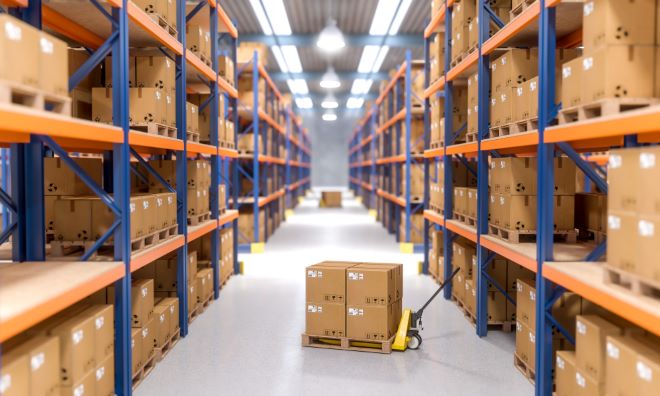
Inventory Management Methods for Retailers
There are a few different methods that you can use to manage your inventory. The best method for you will depend on the size of your business and the products you sell.
The following are some of the most common methods used by retailers:
1. First in, first-out (FIFO)
With the FIFO method, the products that are first in your inventory are also the first to be sold. This method is typically used for perishable items, such as food and drink. In simple words, FIFO means that the items which are stocked first are also the ones to be sold first.
2. Last in, first-out (LIFO)
As you can tell by the name, it is the exact opposite of FIFO. The LIFO method is typically used for items that are not perishable, such as clothes or books. This is because the items which are stocked last are usually the ones that are selling the fastest.
3. Just in time (JIT)
The JIT method is a type of inventory management that is used to reduce waste and improve efficiency. With JIT, businesses only order the amount of inventory they need at the time. This helps to reduce the amount of money that is wasted on excess inventory.
4. ABC analysis
The ABC analysis is a method of categorizing inventory based on importance. The three categories are as follows:
A – High priority items that make up a small percentage of your inventory
B – Medium priority items that make up a medium percentage of your inventory
C – Low priority items that make up a large percentage of your inventory
Businesses use the ABC analysis to determine which items are the most important and should be given priority.
5. Open to buy (OTB)
OTB inventory planning helps you figure out how much stock you can buy without taking a lot of risks. OTB takes into account different things like sales and promotions, normal customer demand, and how much stock you currently have. It can be a great method for businesses that want to be more strategic about their inventory.
6. Vendor management inventory (VMI)
Vendor management inventory is a method of inventory management where the supplier takes on some of the responsibility for managing the inventory. With VMI, suppliers are responsible for keeping track of their products and ensuring that they are always in stock. This can be a great way to reduce the workload for businesses, as they won’t have to worry about keeping track of their inventory themselves.
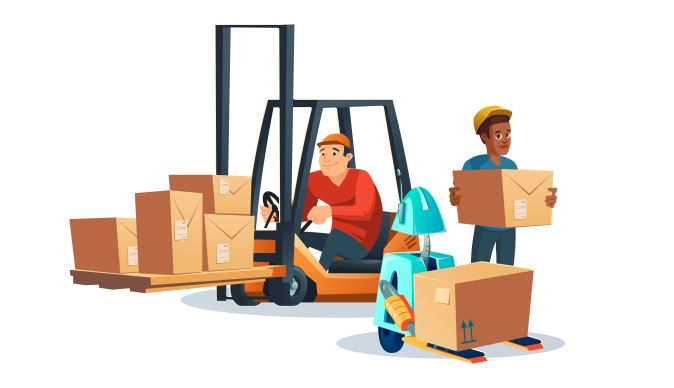
Inventory Accounting Techniques for Retailers
There are a few different ways to account for inventory, and the best method for you will depend on your business needs. The following are some of the most common methods used by retailers:
1. Cost-to-retail ratio
The cost to retail ratio is a method of inventory valuation that takes into account the cost of goods sold and the selling price of the goods. Your cost-to-retail ratio is the total amount of stocks that are available for sale, divided by the retail value of the items that are available for purchase.
2. Gross profit margin
The gross profit margin is a method of inventory valuation that takes into account the cost of goods sold and the selling price of the goods. Your gross profit margin is the total amount of money that you make from selling your products, minus the cost of the goods themselves.
3. Retail inventory method (RIM)
The retail inventory method is a type of inventory accounting that uses sales data to estimate the value of your inventory. With RIM, businesses keep track of their sales data and use it to estimate the value of their inventory. This can be a great way to reduce the amount of time and money that you spend on inventory accounting.
4. Ending inventory cost
The ending inventory cost is the value of your inventory at the end of the accounting period. This number is calculated by adding the cost of goods sold to the beginning inventory and then subtracting any purchases that were made during the period. It helps retailers keep track of the value of their inventory and ensure that they are not overspending.
5. Cost complement ratio
The Cost Complement Ratio is a number that shows how much money was spent on new inventory during the tax year. This number is divided by the number of money people paid for the new inventory. It could be a good idea for some retailers to keep track of this number so they know if they are spending too much money on inventory.
Also Read: How to Start Selling Online as a Retailer?

How POS Systems Can Help with Retail Inventory Management
A POS system can be a great tool for businesses that want to streamline their inventory management. POS systems can help businesses keep track of their inventory, as well as sales and customer data. This can be a great way to reduce the amount of time and money that you spend on managing your inventory.
There are a few different ways that POS systems can help with inventory management:
1. Tracking inventory levels
POS systems can help businesses keep track of their inventory levels. This can be a great way to ensure that you always have the right amount of stock on hand. POS systems can also help businesses keep track of their sales data and customer data. This can be a great way to reduce the amount of time and money that you spend on managing your inventory.
2. Managing orders
Managing orders is an important part of inventory management. POS systems can help businesses keep track of their orders and ensure that they are always up to date. This can be a great way to reduce the amount of time and money that you spend on managing your inventory.
3. Generating reports
POS systems are known for their ability to generate reports. This can be a great way for businesses to keep track of their inventory levels and sales data. Reports can also help businesses identify trends so they can make changes to their inventory management strategies.
4. Integrating with other software
POS systems can often be integrated with other software, such as accounting software. This can be a great way to reduce the amount of time and money that you spend on managing your inventory. It will save you both time and effort so you can focus on your business goals.
5. Reducing errors
Human error is a common problem in inventory management and can be costly for businesses. POS systems can help businesses reduce the number of errors that they make by automating the inventory management process. This can be a great way to reduce the amount of time and money that you spend on managing your inventory.
6. POS systems can manage multiple inventories
If you have more than one inventory, POS systems can help you keep track of them all in one place. This can be a great way to reduce the amount of time and money that you spend on managing your inventory. So you won’t be needing individual software for each inventory.
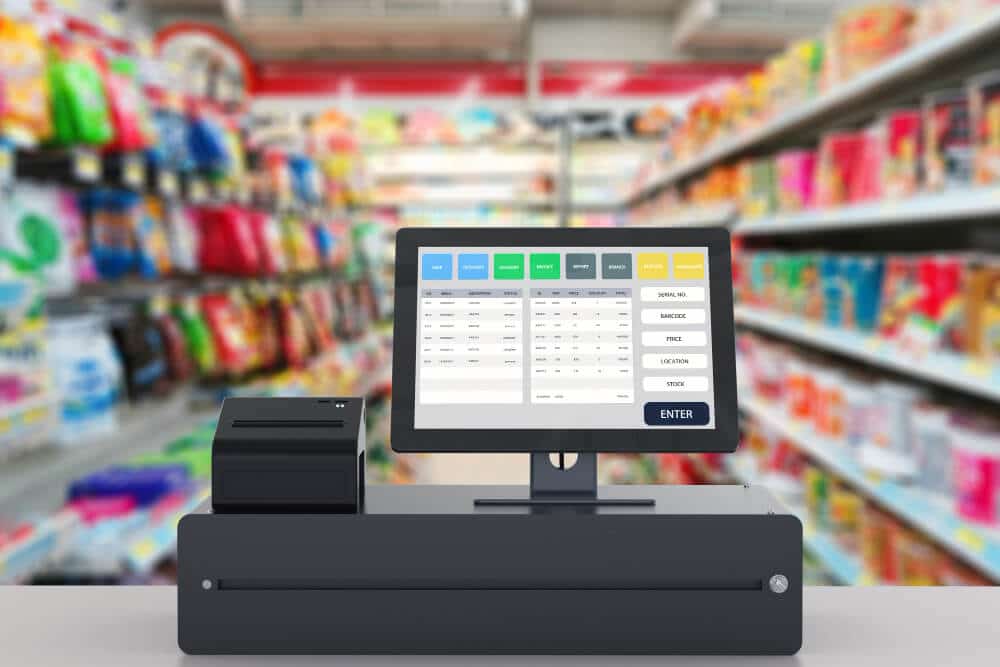
Streamline your business with Octopos– A Complete POS System with Big Boys Tools without the Big Price
It is a lot more than a point of sale. Octopos is easy and intuitive for you and your staff to use. Yet you get all these sophisticated tools to manage inventory, track and engage customers, get meaningful insights into your business, and much more.
Retail Inventory Management FAQs
Here are some of the most frequently asked questions about retail inventory management:
1. Should I hire an individual for retail inventory management?
The answer to this question depends on the size and complexity of your business needs. If you have a small business with a simple inventory, you may be able to manage it yourself. However, if you have a large or complex business, you may want to hire an individual or company to help you with your inventory management.
2. How often should I count my inventory?
It has been seen in many reports that counting your inventory after every 10 transactions is a good number to stay on track of your inventory levels. This number can change depending on the size of your store and how often you do business. You may find that you need to count your inventory more or less frequently.
3. Is inventory management software necessary?
Inventory management software can be a great way to reduce the amount of time and money that you spend on managing your inventory, however, it is not necessary for all businesses. If you have a small or simple business, you may be able to manage your inventory without software.
4. What are some common mistakes businesses make with inventory management?
Some of the most common mistakes businesses make with inventory management include:
- Not counting their inventory regularly
- Not having a system in place to track their inventory
- Not keeping accurate records of their sales and purchases
- Not knowing what their inventory levels are
- Not having a plan for when to order more inventory
Bottom Line
Retail inventory management is a vital part of running a successful business. Business owners need to understand how to manage their inventory, so they don’t run into any problems down the road. Having an inventory management system in place can reduce the chances of making costly mistakes and save you a lot of time. We hope this article helped provide some information about retail inventory management. Thanks for reading!
Skip the calculations and equip your store with Octopos POS solution for retail business. Watch a demo today.

